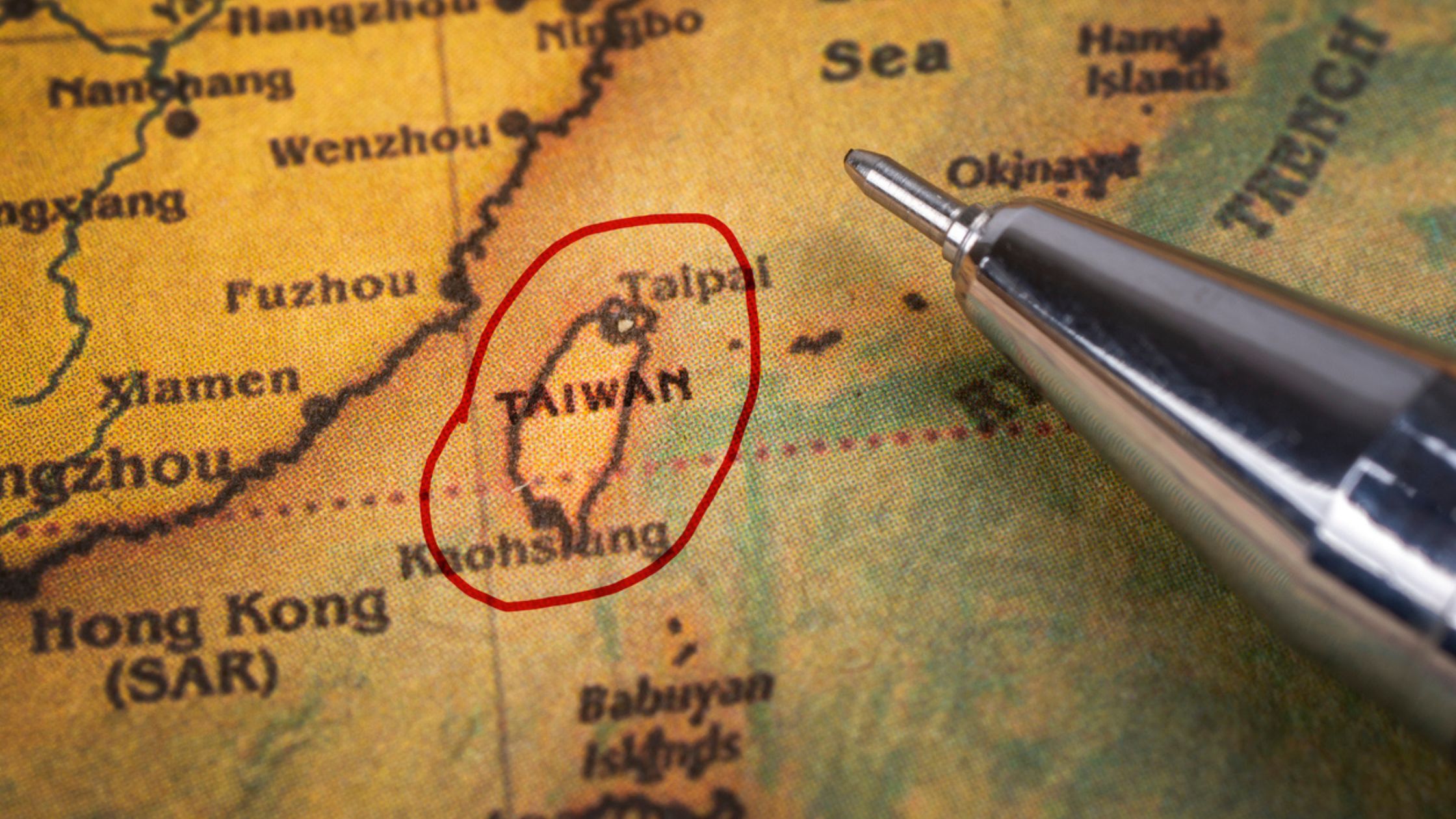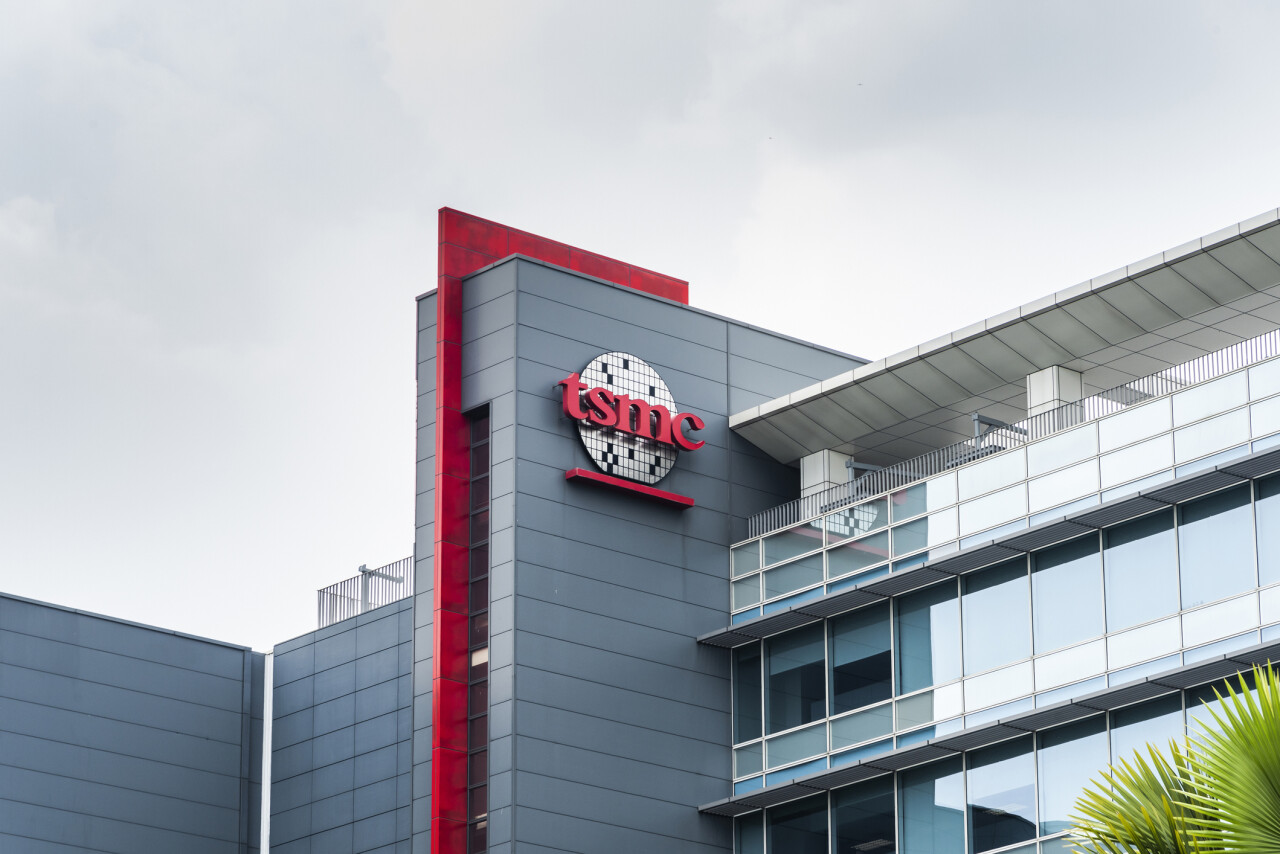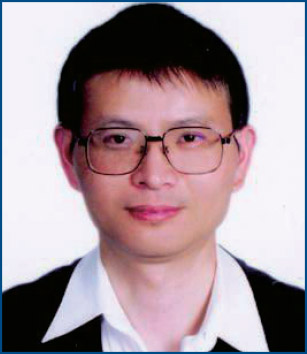
Taiwan Publishes IPR Statistics for Patents in 2nd quarter of 2024
In the second quarter of 2024, TIPO processed a total of 17,683 patent applications, comprising 11,988 inventions, 3,766 utility models, and 1,929 designs, as well as 23,885 trademark registration applications. Compared to the same quarter in 2023, the number of patent applications from resident applicants saw a 2% decline, while applications from non-residents increased by 6%. Overall, there was a positive growth trend in the total number of applications compared to the same period last year. In terms of resident invention patent applicants, TSMC has maintained the top position for 8 consecutive years since the second quarter of 2017. Second was Nanya Technology, third was AU Optronics, fourth was Inventec, and fifth was Innolux. As to the non-resident invention patent applicants, Applied Materials was top of the list, Samsung Electronics was second, Qualcomm was third, Tokyo Electronics was fourth, and Coupang was fifth. Looking at invention patents from the source countries, Japan was first, the US was second, China was third, South Korea was fourth, and Germany was fifth.
For design patents, residents filed 855 design patent applications, and non-residents filed 1,074 design patent applications. Shu-Te University was the top applicant for design patents in this period, L&F Plastics was second, Compal was third, Tong Yah was fourth, and Delta was fifth. Amongst non-residents design patent applicants, Zhejiang Smart Intelligence was first, Ford Global Technologies was second, BMW was third, Molex was fourth, and China Wonderland was fifth.
Looking at trademarks from the source countries, China was first, Japan was second, the US was third, South Korea was fourth, and Hong Kong was fifth.
Taiwan’s Key Technologies List to Be Expanded
To ensure national security and maintain an industrial competitive edge in response to changes in international regulations, the National Science and Technology Council (NSTC) has recently published a preview of 10 technologies that it has proposed to be added to the list of key technologies. The original list was published on December 5th last year and consisted of 22 key technologies, ranging from national defense, cybersecurity, aerospace, agriculture, and semiconductors amongst others. The aim of the list was to prevent secret information about the abovementioned technologies being leaked to foreign countries, which could put the nation’s security and the competitiveness of local industries at risk. Rising concerns about hostile forces undermining the nation’s security, industrial competitiveness and economic development have come to a head in recent years, causing the NSTC to take assertive action. This year, the 10 new technologies include artificial intelligence, chip design, small satellite launch systems, quantum technologies, advanced semiconductors. The list would be reviewed periodically to prevent technology leaks to China, including Hong Kong and Macau. A review conference will be held at the end of the year to approve the 10 new technologies with the final decision sent to the Executive Yuan for announcement.
China Releases 2024 National Intellectual Property Service Industry Statistics Report
The report, covering 2023, indicates that the Intellectual Property Service Industry grew steadily, with new business models emerging and showing the continuous optimization of service supply structure and industry environment. As of the end of 2023, about 89,000 IP service providers were existing in China, a year on year increase of 2.9%. Among these were 5,269 patent agencies and 35,712 trademark agencies. In addition, around 22,000 organizations offered IP legal services, 9,000 provided IP operation services, 16,000 provided IP information services, and 58,000 offered IP consulting services. In 2023, China’s IP service industry generated approximately 285 billion in total revenue, an increase of 5.6% compared to the previous year. For institutions adhering to enterprise financial systems, the average revenue was 3.195 million yuan. Patent agencies recorded a total income of 46.26 billion yuan, with each agency averaging 9,349 million yuan. Further optimization of the service supply structure has taken place in the recent time period. Geographic coverage improved with IP service institutions now covering 89.6% of prefecture-level administrative areas, an increase of 1.5% from the previous year and 6.2% from two years ago. Service providers became more comprehensive, with 64.9% offering at least two types of IP services and 13.4% providing three or more types of IP services.
China Sees Increased Support for Patent Commercialization
As of the end of 2023, the percentage of IP service institutions offering patent commercialization services increased significantly to 35.8%, up 5.6 percentage points from the previous year. On the demand side, there was a clear rise in patent commercialization needs from innovators, covering IP operation, information, legal, and consulting services. On the supply side, IP service providers facilitated corporate innovation through various services such as patent valuation, commercialization matchmaking, market positioning, and brand promotion. In addition, the IP field saw increased employment opportunities. As of the end of 2023, around 984,000 practitioners held jobs in the IP service industry, a 1.5% increase from the previous year. This includes 34,396 registered patent agents, reflecting a 9.7% increase. In 2023, 41.4% of IP service providers recruited new staff, and 15.8% hired recent graduates, with most new employees between the ages of 25 and 30. This has led to a continual enhancement of service capabilities. For example, there was an improvement in the level of digitization and smart services. Digital transformation was recorded at 29.3% of institutions, and 82.4% used commercial databases or software to improve service quality. Additionally, 40.3% of institutions provided outbound IP services for Chinese businesses expanding internationally, and 32.2% assisted foreign businesses entering the Chinese market. IP services became more closely linked with business operations and innovation, integrating company strategies, market competition, brand positioning, compliance reviews, and risk management. A survey found that 56.2% of respondents reported participating in formulating market competition strategies and brand positioning for enterprises.









 Deep & Far Attorneys-at-law
Deep & Far Attorneys-at-law Yu-Li Tsai
Yu-Li Tsai Lu-Fa Tsai
Lu-Fa Tsai C. F. Tsai
C. F. Tsai







